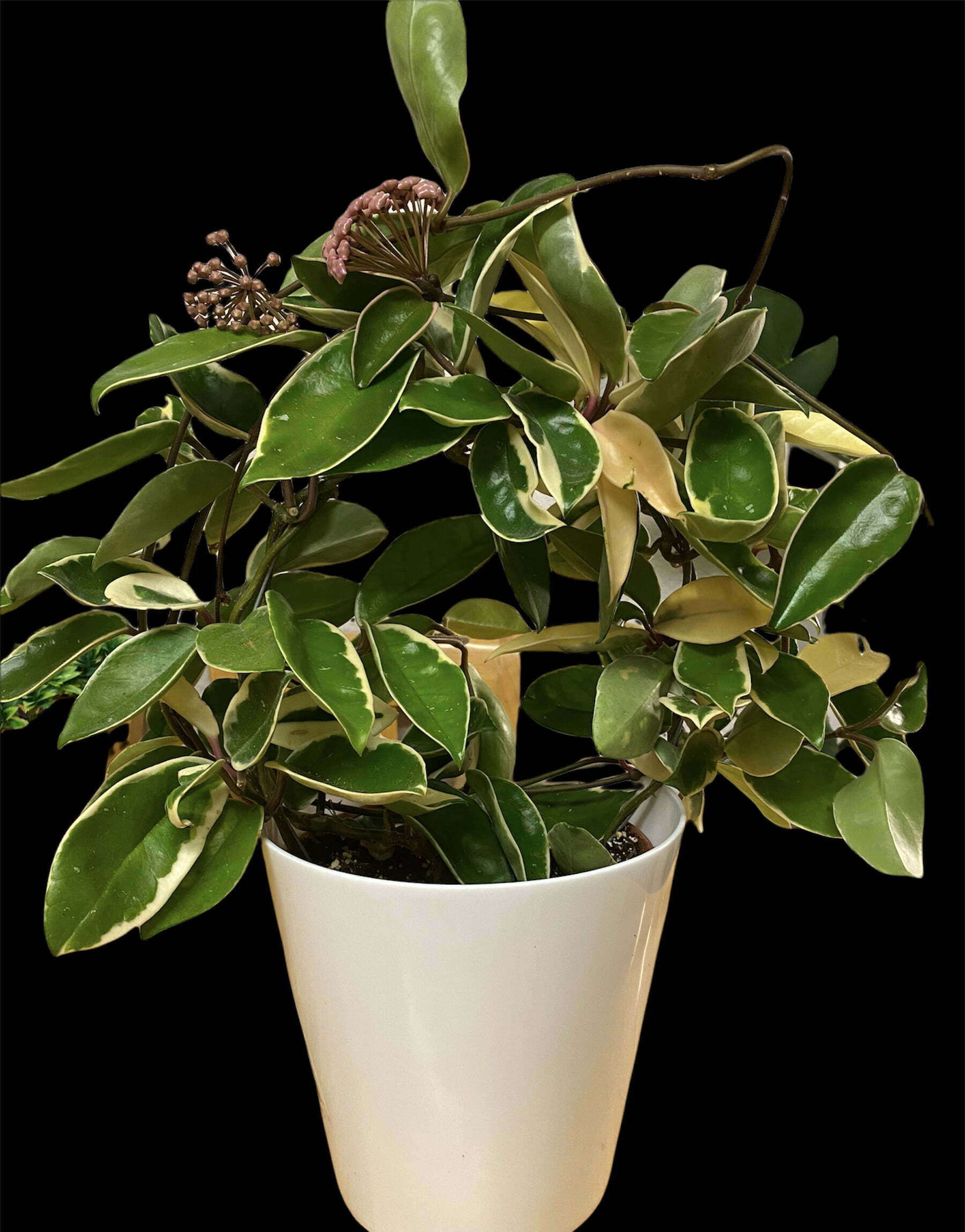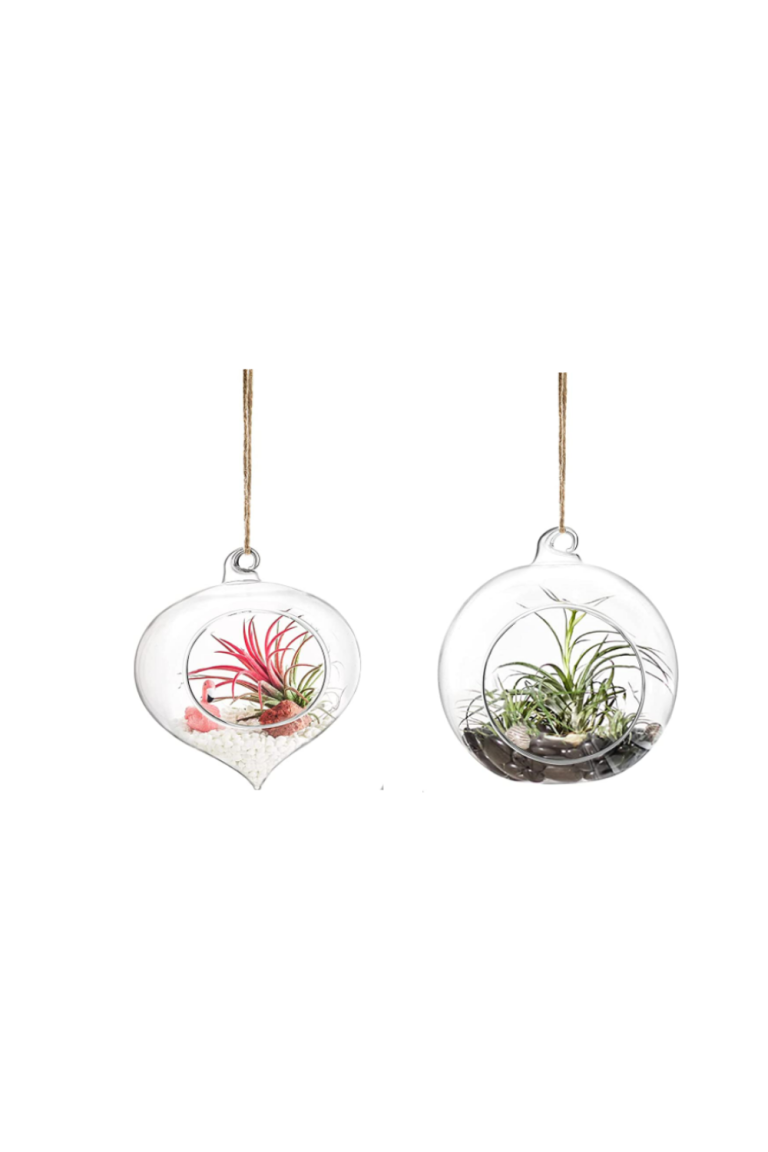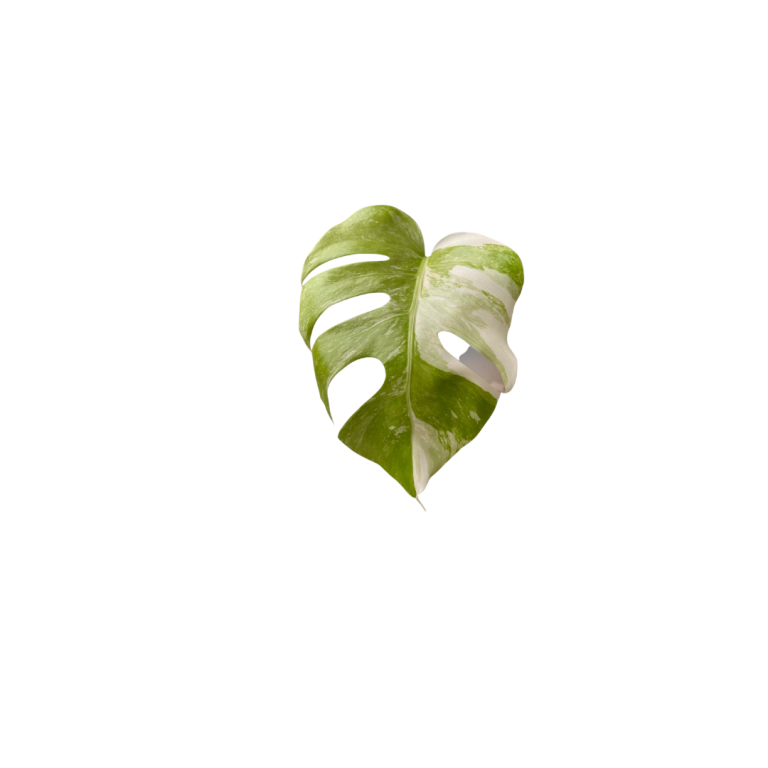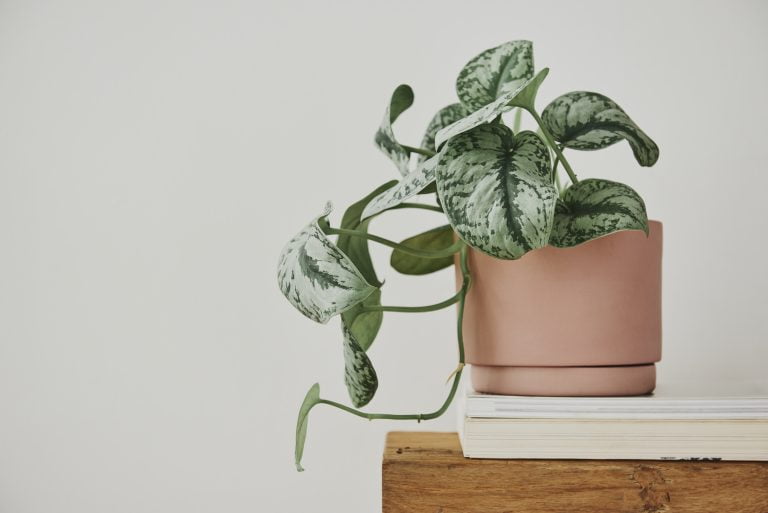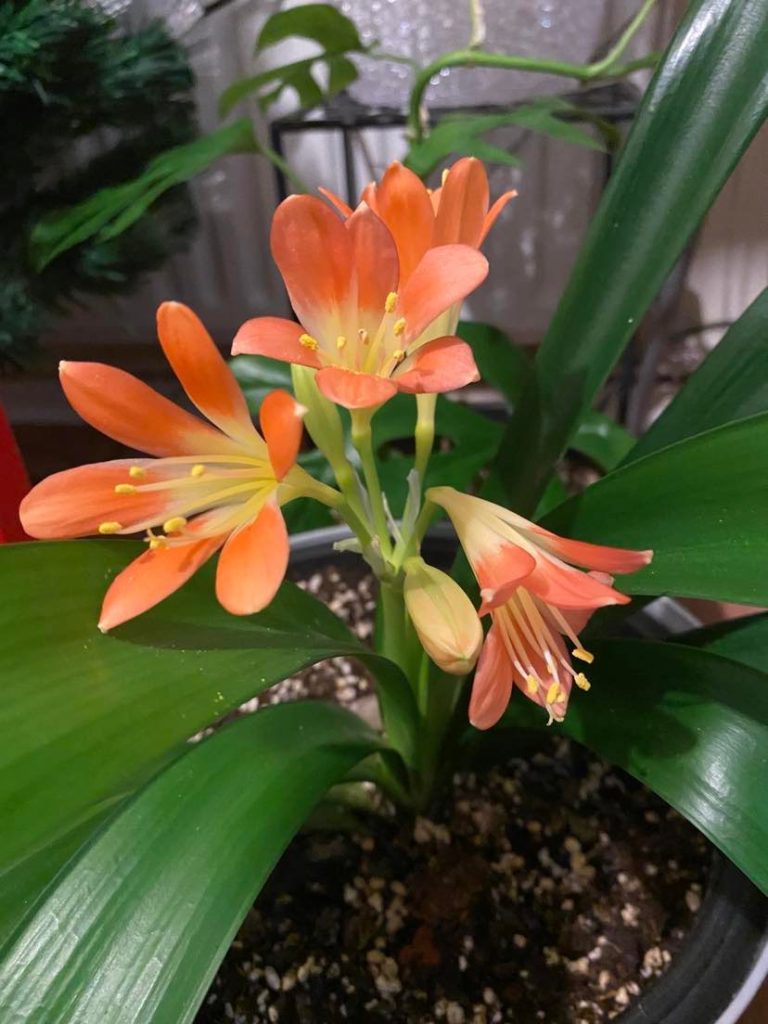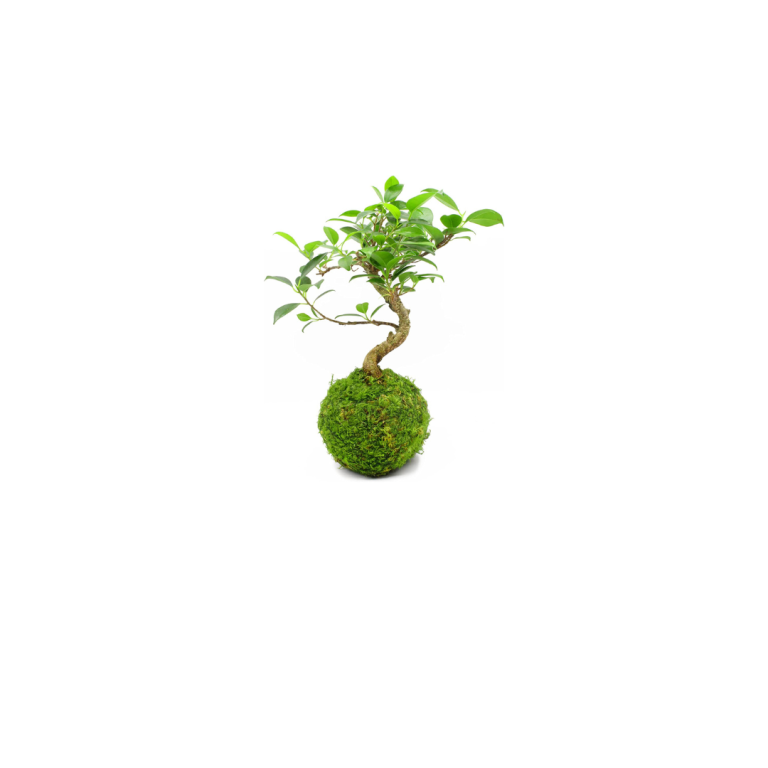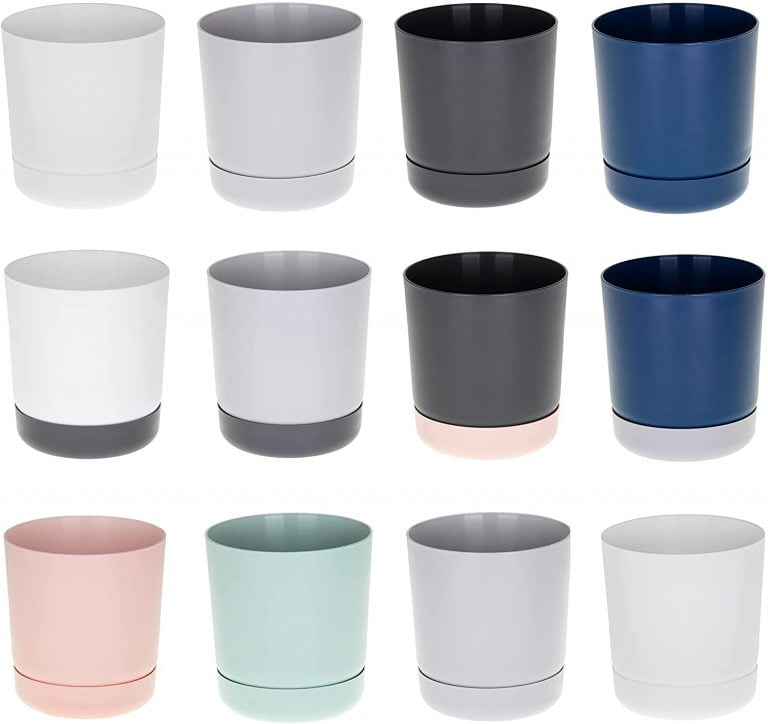Why the Hoya Wax Plant Is a Must-Have Houseplant for Modern Homes?
Hoya plant is a tropical plant that has been used in traditional Chinese medicine for many centuries. It is a climbing vine that can grow to reach the height of 20 feet. The leaves are usually oval and can grow up to 18 inches long. Hoya plants are often grown in greenhouses because they need plenty of sunlight and warmth to thrive.
Hoyas are climbers, so they need plenty of light and warmth to thrive – which means most people grow them as house plants rather than outside.
It is a popular houseplant that can be found in many homes around the world. There are over 100 different species of Hoya plants and they come in a variety of colours, shapes, and sizes. Hoyas are known for their thick leaves that grow in clusters. They also have flowers that grow on long stems and hang down from the branches of the plant. The Hoya Plant has recently become popular as an ornamental plant because of its beauty.
These are some of the types of Hoya that we can grow easily from propagation.
Hoya Australis Lisa


Hoya Australis Lisa is a rare and exotic hoya species. This delicate but beautiful plant is characterised by its waxy leaves, which are a creamy white with a pink blush on the edges, and an intense orchid towards the centre.
The Hoya Australis is a new type of plant that can be grown indoors. Originally from the Australian continent, this plant is a hybrid species that is acclimated to the indoor environment.
Hoya Australis Tricolour is a hardy, beautiful, and low-maintenance perennial. The plant will grow to around 2 to 3 feet tall, The plant produces beautiful clusters of small, funnel-shaped flowers that grow out from the center of the plant. Hoya Australis can be grown in a pot or as a hanging plant.
The Hoya Australis requires moderate sunlight and should not be placed near hot sources like radiators or air vents which could dry out its leaves and flowers.
The Hoya Australis is a pretty easy plant to care for, but there are some tips that you need to follow to ensure that it stays healthy and happy. – Ensure that the plant is watered regularly, Make sure to change the potting soil every year or two. Keep the soil moist but not wet, and fertilise it once in a while; – Clean the leaves with a damp cloth; – Cut off any dead parts of the stem.- Put the plant in a place where it will get plenty of indirect sunlight.
Hoya Carnosa Tricolour


A wax plant that belongs to the Hoya genus and is a perennial plant. It has a variety of common names including Wax Flower, Carnosa, Wax Plant, Carnosa Hoya and Hoya carnosa tricolour.
The Hoya carnosa tricolour is a tropical plant that is native to Southeast Asia. It is a type of Hoya and it has three different colours on its leaves white, green and pink.
It can be grown indoors or outdoors, in a pot or in the ground. It needs direct sunlight and it needs to be watered regularly, especially when it becomes warm outside.
It is easy to take care of Carnosa tricolour plants, but there are some things you should know before you get started. You need to provide at least half a day of sunlight each day and make sure that the soil is well drained. The best time to water Carnosa tricolour is in the morning, so the plants can dry out during the night. The Hoya carnosa tricolour needs moist soil, the best way to water this plant is by using a spray bottle or misting it with a watering can every few days. This will keep the soil from drying out and provide the right amount of moisture for the plant.
Hoya plants don’t need heavy feeding, but the right timing makes a big difference. Here’s the simple rule:
When to Fertilise a Hoya
- During the growing season:
Spring through early autumn (roughly March–September). This is when your Hoya is actively growing and can use the nutrients.
How Often
- Every 2–4 weeks during the growing season, depending on the strength of your fertilizer.
When NOT to Fertilise
- Winter (October–February):
Hoyas go into a natural rest period, so fertilizer isn’t needed and may stress the plant.
Bonus Tips
- Use a balanced liquid fertilizer or one slightly higher in nitrogen for leaf growth.
- When buds appear, you can switch to a bloom booster (higher phosphorus) to encourage flowers.
- Always water before fertilizing to avoid root burn.

